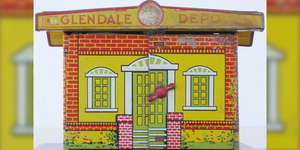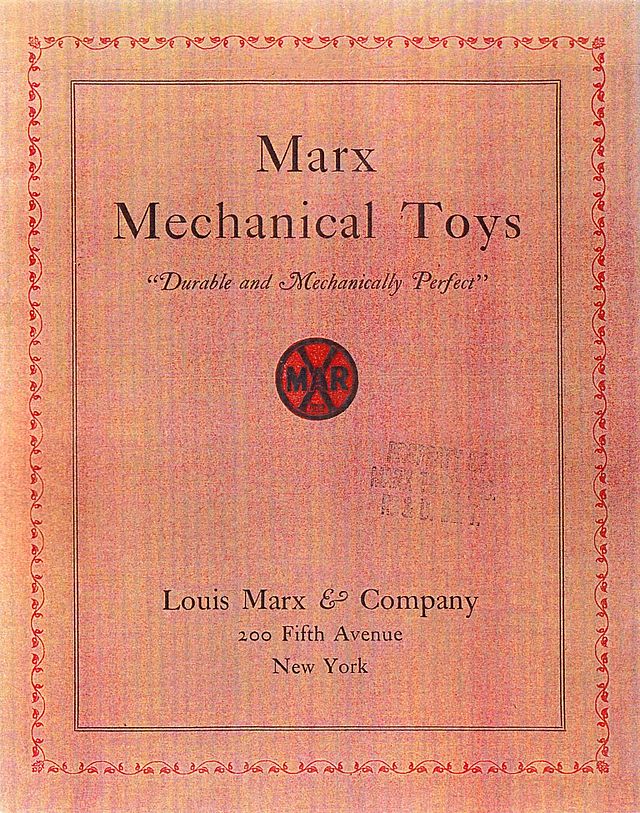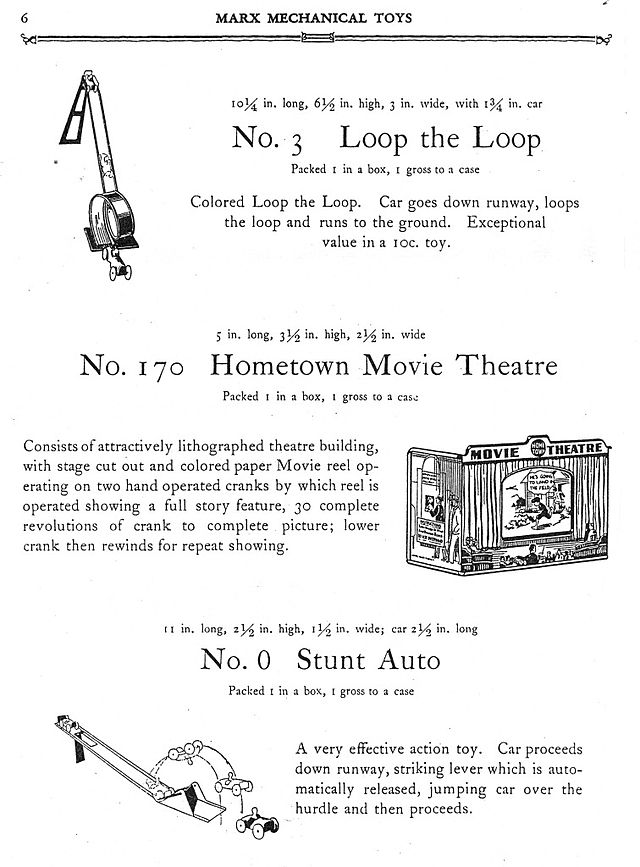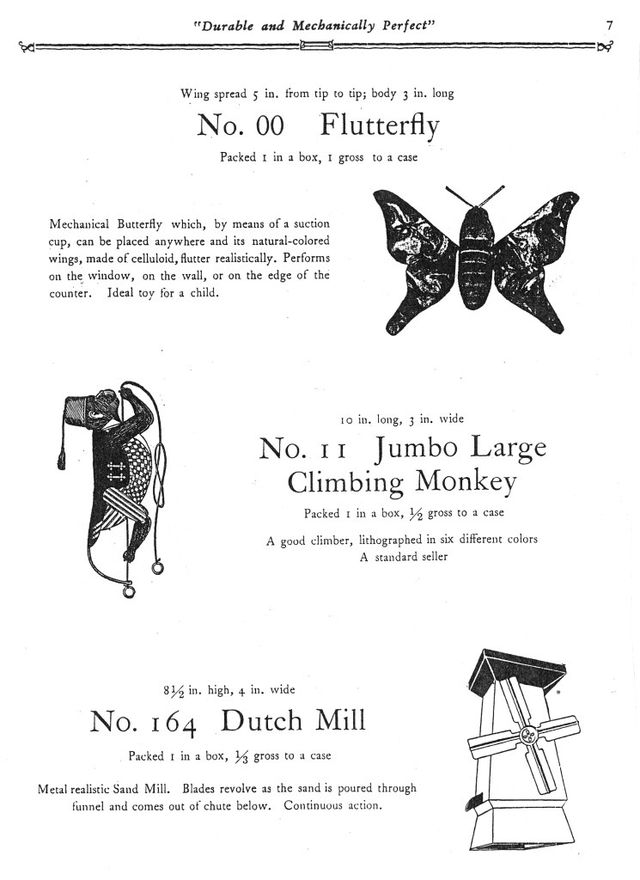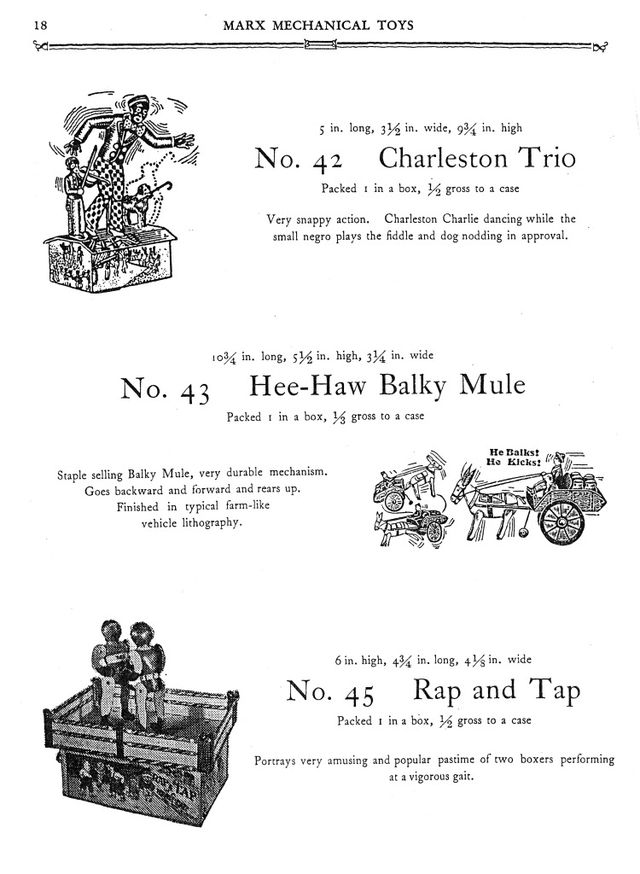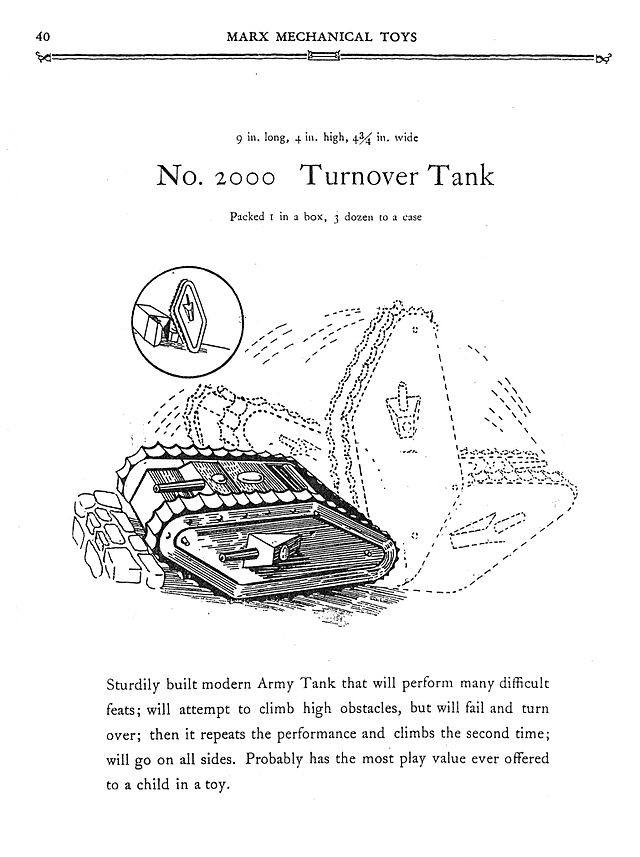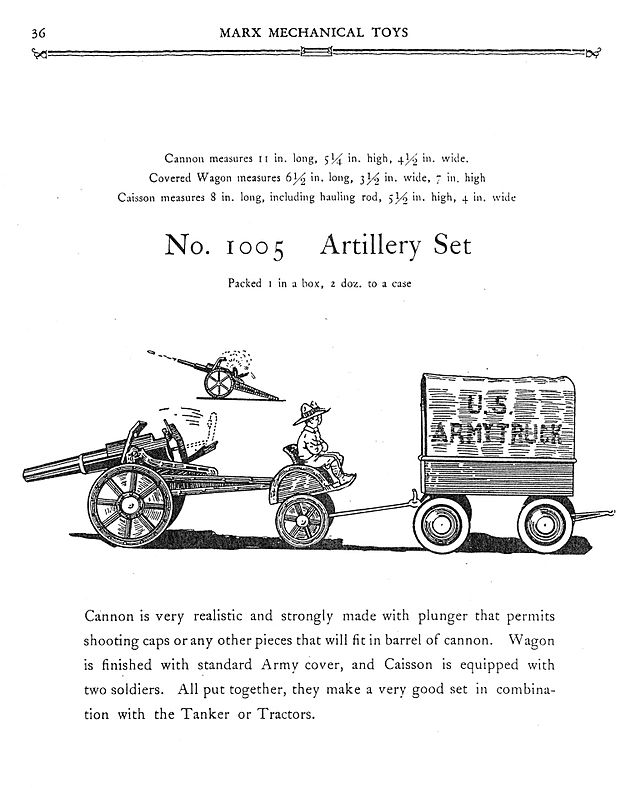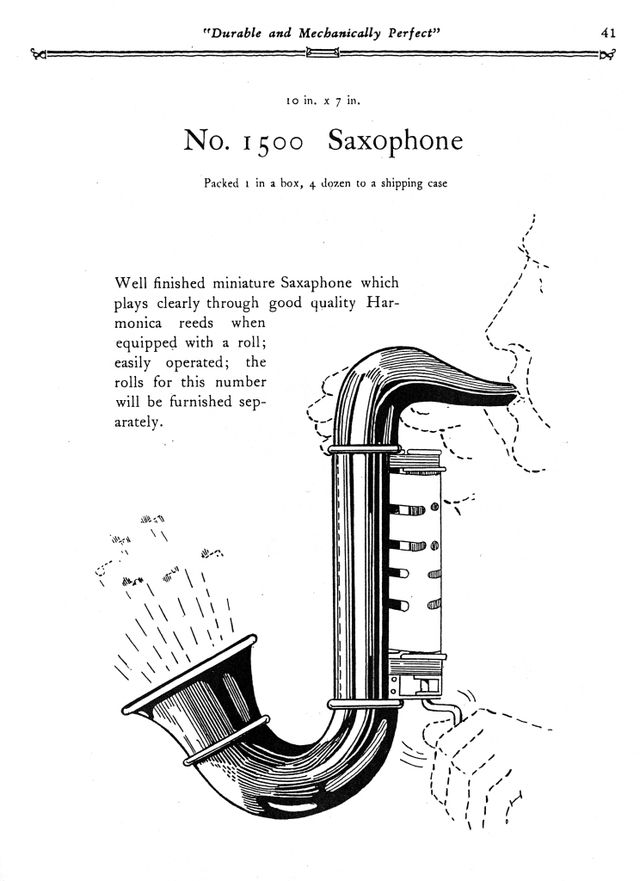If you’ve ever pedaled around your neighborhood on a red, yellow and blue plastic Big Wheel, you know the joy of a Marx toy.
Or, maybe you’ve bobbed and weaved during a game of Rock ‘Em Sock ‘Em Robots with the red and blue robots. That, too, was the work of Louis Marx.
Mattel, Fisher-Price and LEGO are behind many of the toys that kids today enjoy, but in the early 1900s, Louis Marx and Company produced dolls, toy cars, model trains, action figures that have made their way into the National Toy Hall of Fame.
And some of those were made right here in Glen Dale, West Virginia!
A Playful History
Louis Marx and his brother David founded Louis Marx and Company in August 1919 in New York City under the premise of giving customers more toy for less money. He found success early by drawing on his experience working for Ferdinand Strauss Company and then purchasing tools to produce new versions of two toys from the company.
The new versions were a hit, and by 1922, both brothers were millionaires. They continued to make subtle changes to toys, predict trends and manufacture them cheaper than the competition. For example, while Marx did not invent the yo-yo, the company made its own version and sold 100 million during the 1920s.
As the company expanded, it operated three manufacturing plants: two in Pennsylvania and one in Glen Dale, West Virginia.
“The huge Glen Dale factory manufactured more toys than any other Marx plant, helping Marx become the largest toy maker in the world in the 1940s and 1950s,” according to the WV Encyclopedia. “Large toys produced at Glen Dale included dollhouses, trucks, service stations, airports, the popular Big Wheel tricycle and numerous other riding toys, and toy replicas of the White House and U.S. Capitol.”
Marx’s Most Popular Toys
Marx Toys successfully designed toys for all ages and interests, but which ones were the most popular? Here are just a few of the most popular toys manufactured by Marx Toys:
Big Wheel
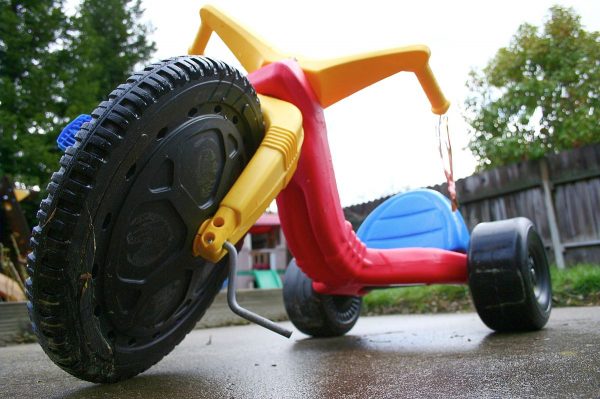
This trike made for toddlers was introduced in 1969 and became the most famous Marx toy. The brightly colored plastic tricycle was a hit for kids; it was easy to use, safer than those with rubber and chains, and it spawned several iterations for everyone: Deluxe Big Wheel, Sport Wheel, Little Wheel and even the Mini Wheel.
Rock ‘Em Sock ‘Em Robots

This two-player action game pit the Red Rocker against the Blue Bomber in a boxing match. First manufactured in 1964, the game is over when one of the robots’ heads pops up, signifying the other as the winner. A modern version from Mattel featured smaller robots.
Tin Toys
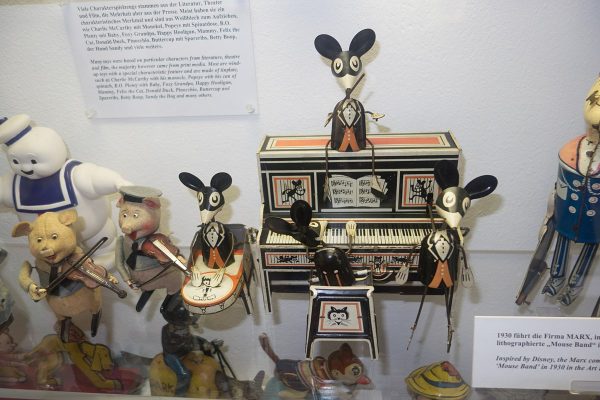
Tin toys were what started Louis Marx and Company. The tinplate clockwork toys were produced at a low cost and sold by the million.
Marx sold the company in 1972, and its assets were ultimately liquidated in the early 1980s. The trademarks of the toys live on through other companies, though: The Big Wheel is produced by Alpha International, Inc.; Rock ‘Em Sock ‘Em Robots has been reintroduced by Mattel; and other plastic figurines are in production in Mexico.
While Marx is no longer manufacturing toys, their legacy lives on. If want to learn more about the history of Marx Toys, you can head to the Ohio County Public Library on Tuesday, Nov. 15 for their latest Luch with Books Program featuring Gary Rider and Roseanna Dakan Keller’s co-authored book titled Memories of Marx Toys: Glen Dale. Lunch with Books will begin at noon in the Library auditorium. This program is also available to watch on Facebook Live, YouTube, and on the library’s Lunch with Books Livestream page. Learn more here.
• Candace Nelson, a native of Wellsburg, West Virginia, is a marketing professional working in the nonprofit sector. Prior to her current role, she served as the Digital Marketing Coordinator for the West Virginia Tourism Office, the Social Media Editor for West Virginia University and as a journalist for the Charleston Daily Mail. She has earned her B.S. in journalism, B.A. in English and M.S. in journalism from West Virginia University. She has published a book, “The West Virginia Pepperoni Roll,” and spends her free time teaching at the University of Charleston, writing a food column for the Charleston Gazette-Mail, serving on local community boards and blogging at CandaceLately.com. Connect with Candace at Candace127@gmail.com.


